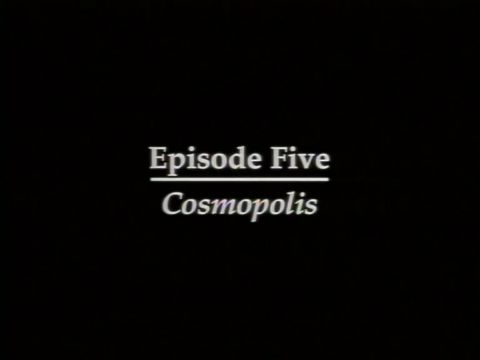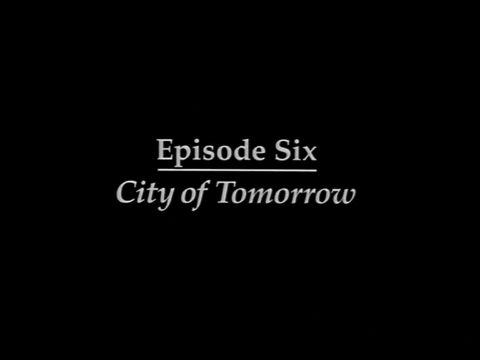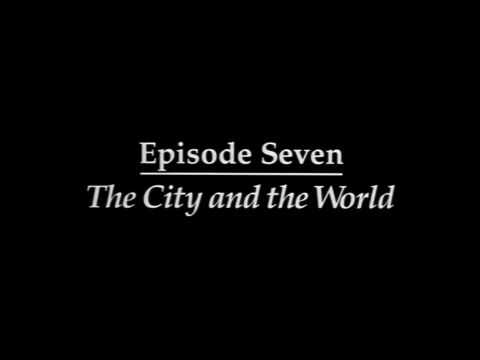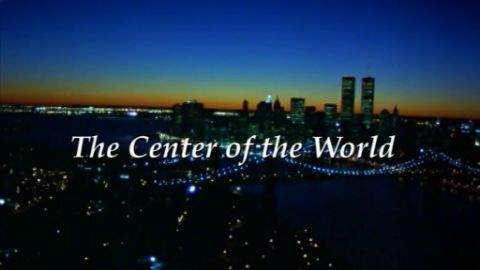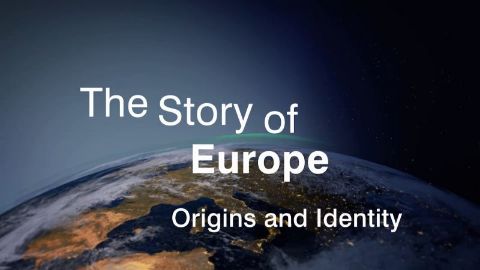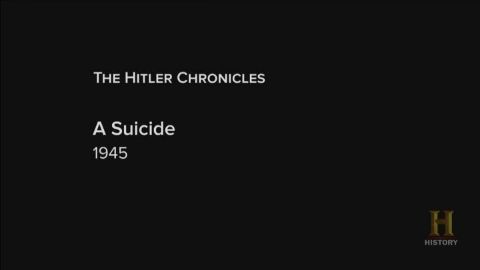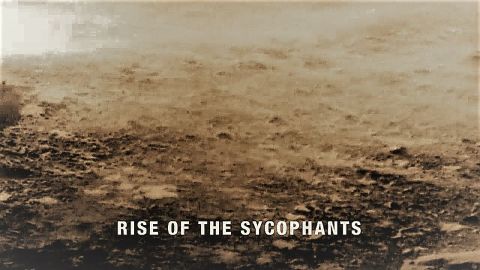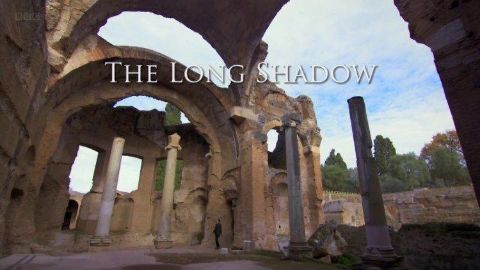New York: A Documentary Film • 1999 - 2003 • 8 episodes •
The first two hours of NEW YORK: A DOCUMENTARY FILM chronicle New York's beginnings -- from its earliest days as a Dutch trading post to the 17th century construction of the Erie Canal, which made New York City a vital conduit to the mainland of a growing America.
1999 • History
This episode of NEW YORK: A DOCUMENTARY FILM details New York's enormous growth as a booming commercial center and multi-ethnic port, and the mounting tensions that set the stage for the nation's bloodiest riot. Already established as America's premier port, New York City swelled into the nation's greatest industrial metropolis as a massive wave of German and Irish immigration turned the city into one of the world's most complex urban environments, bringing with it a host of new social problems. Episode Two reveals how the city's artists, innovators and leaders, from poet Walt Whitman to Frederick Law Olmsted and Calvert Vaux (the designers of Central Park) grappled with the city's growing conflicts -- which culminated in the catastrophic Civil War Draft Riots of 1863.
1999 • History
This episode of NEW YORK: A DOCUMENTARY FILM turns to the period when greed and wealth fueled an expanding metropolis, even as politics and poverty defined it. Now the spotlight shines on the growth, glamour and grief of New York during America's giddy postwar "Gilded Age." Exploring the incomparable wealth of the robber barons and the unabashed corruption of political leaders, such as Tammany Hall boss William M. Tweed, the episode examines the era when the expansion of wealth and poverty -- and the schism between them -- built to a crescendo. The program ends as the city itself dramatically expands its boundaries, annexing Brooklyn, Queens, the Bronx and Staten Island into a single massive metropolis -- Greater New York.
1999 • History
This episode of NEW YORK: A DOCUMENTARY FILM follows New York into a new century in the wake of an extraordinary wave of immigration and the birth of the skyscraper. As New York spilled into the new century, the extraordinary interplay of capitalism, democracy and transformation surged to a climax. During a single generation, over 10 million immigrants arrived in New York. The city itself became an even more dramatic lure with the construction of the first subways and skyscrapers. And arising from the plight of New York's most exploited citizens came landmark legislation that would eventually transform the lives of all Americans.
1999 • History
During the fifth episode of NEW YORK: A DOCUMENTARY FILM, the post-war economic boom, the rise of consumer culture, and the birth of new mass-media industries fuel the convergence of an incredible array of human and cultural energies, ending with the Crash of 1929 and the construction of the Empire State Building. In this short but dazzling period, New York became the focal point of an extraordinary array of human and cultural energies, reaching its highest levels of urban excitement and glamour. In just over a decade, New York gave birth to its signature skyscrapers, the Chrysler and Empire State Buildings, and to artistic creations like F. Scott Fitzgerald's THE GREAT GATSBY, George Gershwin's "Rhapsody in Blue," and to the jazz compositions of Duke Ellington and Louis Armstrong. Along the way, Harlem emerged as the undisputed capital of the African- American experience and the new media industries of advertising, radio networks, public relations, and magazines found their homes in midtown Manhattan.
1999 • History
During the sixth episode of NEW YORK: A DOCUMENTARY FILM, the dramatic events that followed the Crash of '29 fuel the greatest economic depression in American history and plunge the city and the nation into economic gloom. In little more than ten years, immense new forces were unleashed in New York, from the Depression itself to the New Deal, which permanently altered the city and the country. Along the way, two of the most remarkable New Yorkers of all time came to the fore: Mayor Fiorello La Guardia and master builder Robert Moses, both of whom attempted to create, in the darkest of times, a bold new city of the future. The episode examines their careers in detail, as well as the immense public works that transformed the city in the '30s. Also explored are the demise of Mayor Jimmy Walker, the coming of the New Deal, the fate of Harlem during the Depression, and the increasingly complex impact of the automobile on the city.
1999 • History
During the seventh episode of NEW YORK: A DOCUMENTARY FILM, the turbulent and often harrowing years from 1945 to the present are explored. Emerging from the Depression and the Second World War as the most powerful metropolis on Earth, New York soon confronted urban woes of unprecedented proportions, and fought for its very existence. In exploring the social, economic and physical forces that swept through the city in the post-war period, Episode Seven examines the great African-American migration and Puerto Rican immigration of the '40s, '50s, and '60s; the beginnings of white flight and suburbanization; and the massive physical changes wrought by highways and urban renewal -- all of which were directed, to a surprising degree, by one man: Robert Moses. The film comes to a climax with the destruction of Penn Station, the battle over the Lower Manhattan Expressway, the social and fiscal crises of the '60s and '70s, and New York's miraculous revival in the last quarter-century.
1999 • History




